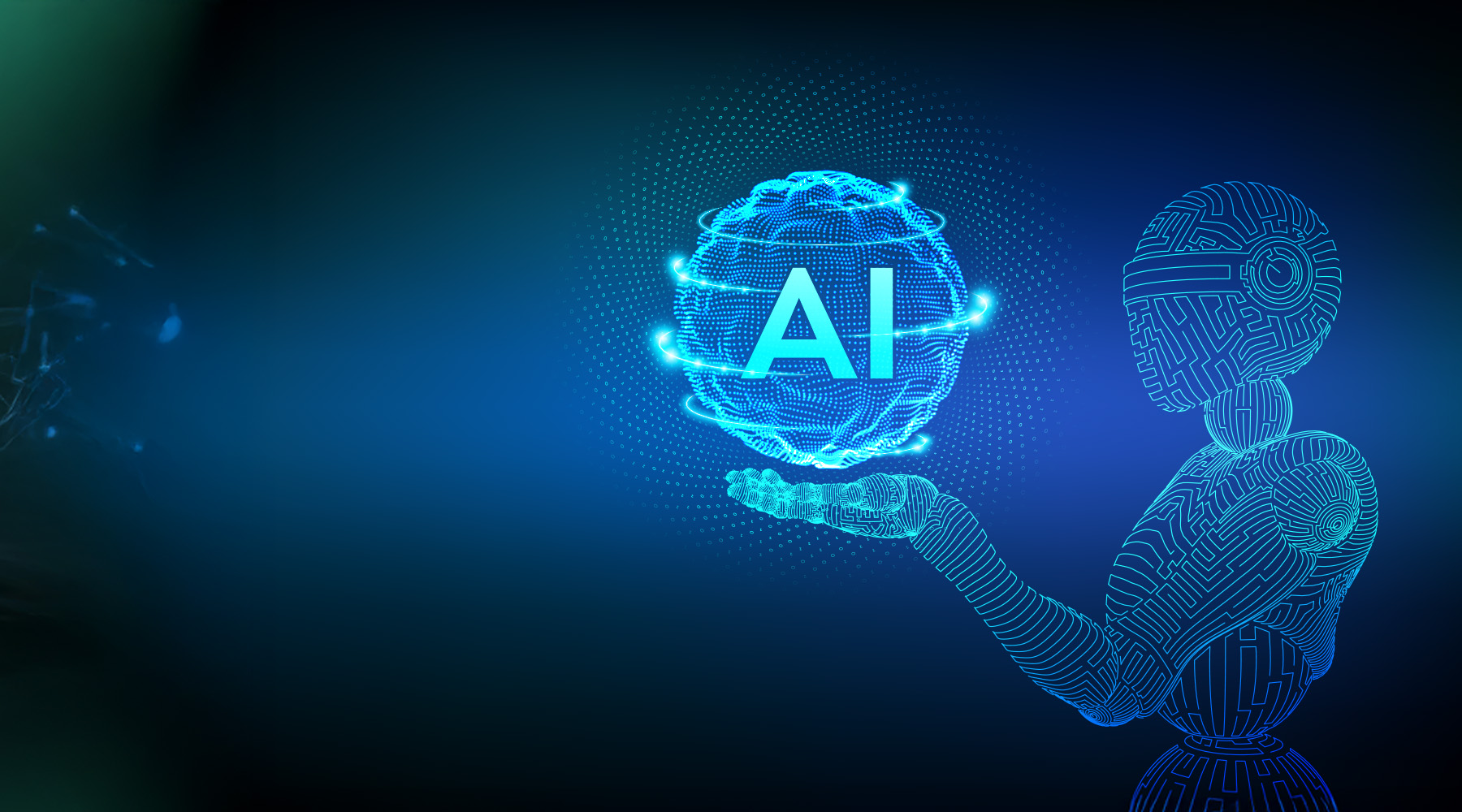Introduction: The Next Big Shift in Enterprise Operations
Intelligent Automation (IA) is not just a buzzword in the tech industry, it’s rapidly becoming a cornerstone of modern enterprise operations. By merging Artificial Intelligence (AI) with automation technologies such as Robotic Process Automation (RPA), Machine Learning (ML), and cognitive automation, companies can optimize their workflows, make smarter decisions, and increase productivity at unprecedented levels.
The rise of IA is primarily driven by businesses’ need for efficiency and agility in a digital-first world. Today’s enterprises face mounting pressure to innovate and meet changing customer expectations, and IA has proven to be one of the most effective ways to stay competitive. Intelligent automation is playing a crucial role in digital transformation initiatives, helping companies reduce operational costs, streamline processes, and unlock new levels of business insight.
The Evolution of Intelligent Automation
The Early Days: Robotic Process Automation (RPA)
The roots of intelligent automation can be traced back to Robotic Process Automation (RPA). RPA emerged as a way to automate repetitive, manual, and rule-based tasks such as data entry, report generation, and invoice processing across a range of industries. This basic form of automation offered significant benefits, including improved speed, reduced human error, and cost savings.
In 2018, the global RPA market was valued at USD 1.5 billion, and it is projected to grow to USD 10.9 billion by 2027, expanding at a CAGR of 36.6% (businessinsider.com). However, while RPA provided solutions for process automation, it could only handle predefined tasks. It didn’t offer the flexibility needed for tasks that involved more complex decision-making or unstructured data.
Cognitive Automation: The Next Evolution
The next major leap in automation came with cognitive automation. This integrated artificial intelligence (AI) with traditional RPA capabilities enables systems to handle unstructured data, recognize patterns, and learn from past events. By incorporating natural language processing (NLP), machine learning, and image recognition, cognitive automation enables systems to handle more complex tasks, such as analyzing customer feedback, processing intricate service requests, or making informed decisions based on predictive data.
For example, in customer service, AI-driven chatbots can respond to customer queries in a more human-like manner, recognizing and understanding customer intent and sentiment. 61% of businesses using chatbots saw a 25-30% increase in sales (forbes.com).
Autonomous Decision-Making: The Future of Intelligent Automation
The latest frontier in intelligent automation is autonomous decision-making. Autonomous systems go beyond executing tasks to making decisions, powered by vast amounts of data. These systems utilize AI algorithms to analyze real-time data, predict outcomes, and make decisions without requiring human input.
The power of autonomous decision-making lies in its ability to handle high volumes of complex data and derive actionable insights in a fraction of the time it would take humans. These systems are being used for everything from predicting demand and optimizing supply chains to making instant credit decisions and detecting fraud in real time.
By 2025, the global intelligent automation market is expected to reach USD 47.18 billion, growing at a CAGR of 12.6% (straitsresearch.com). This demonstrates the tremendous potential of IA to fundamentally reshape business models.
The State of the Market: Why Now?
The market for intelligent automation is experiencing rapid growth as businesses increasingly realize its benefits. According to a recent survey by McKinsey, nearly 80% of enterprises are either already using or exploring AI and automation tools to enhance their operations (mckinsey.com). Moreover, 70% of organizations that adopted intelligent automation report improvements in efficiency and productivity within just six months of deployment.
One key driver of this growth is the increasing demand for efficiency. As businesses face economic pressures, they must look for ways to streamline operations while reducing costs. Intelligent automation allows organizations to achieve these goals by automating complex workflows, making them faster and more accurate.
Additionally, with the pandemic accelerating the shift to digital operations, businesses now see automation as essential for maintaining a competitive edge. The rise of remote work, cloud computing, and data-driven decision-making has made automation even more integral to the success of modern enterprises.
How Intelligent Automation Is Transforming Industries
Intelligent automation is revolutionizing industries across the globe, from finance and healthcare to manufacturing and retail. Let’s look at a few sectors where IA is making the most impact.
1. Finance and Banking
In the financial services industry, intelligent automation is streamlining operations and enabling organizations to offer more personalized, data-driven services. Financial institutions are using AI to process loan applications, detect fraud, and improve risk management. With the ability to analyze vast amounts of data, IA helps banks make faster, more informed decisions.
For instance, JP Morgan Chase uses an AI-powered program called COiN to review legal documents. This system, which processes around 12,000 documents per year, has saved the bank over 360,000 hours of work annually (forbes.com).
2. Healthcare
In healthcare, IA is improving patient care, medical diagnostics, and administrative tasks. AI algorithms can help detect early signs of diseases such as cancer, enabling doctors to provide timely interventions. Healthcare organizations are also automating back-office functions like billing and patient record management to save time and reduce human error.
In 2020, AI applications in healthcare were valued at USD 6.7 billion, and the market is expected to grow to USD 87.5 billion by 2030, at a CAGR of 44.9% (grandviewresearch.com).
3. Manufacturing
The manufacturing sector has embraced IA to enhance productivity and reduce downtime. Predictive maintenance, powered by AI, uses data from sensors and equipment to forecast when machines will need maintenance, reducing the likelihood of unexpected breakdowns. Additionally, AI and robotics are streamlining the production process, allowing for greater speed and precision.
By 2026, the intelligent automation market in manufacturing is expected to reach USD 19.2 billion, growing at a CAGR of 15.6% (marketsandmarkets.com). This growth is driven by the need to increase efficiency and reduce production costs.
4. Retail
In retail, IA is enhancing both customer experience and inventory management. AI tools are used to provide personalized recommendations based on customer behavior, while automated inventory management systems can track stock levels and predict when to reorder products. The rise of smart stores—where technology helps streamline the shopping experience—is another example of IA’s growing influence in retail.
According to Statista, the global AI retail market was valued at USD 2.11 billion in 2020 and is projected to grow to USD 23.9 billion by 2028, demonstrating the increasing role of automation in this sector (statista.com).
Future Readiness: Preparing for Intelligent Automation
As businesses continue to explore and adopt intelligent automation, it’s essential for them to be future-ready. Here are some key steps organizations should take to successfully integrate IA into their operations.
1. Upskilling the Workforce
The shift toward automation will require significant changes in workforce skill sets. As routine tasks are automated, employees will need to focus on more complex, creative, and value-added work. Companies must invest in training and upskilling programs to equip their workforce with the necessary skills to work alongside AI and other automation technologies.
2. Platform Integration
Enterprises must adopt integrated platforms that combine RPA, AI, and analytics. These platforms enable businesses to streamline workflows, automate end-to-end processes, and enhance decision-making across various departments. Integration ensures that automation isn’t siloed but becomes an intrinsic part of the organization’s digital transformation journey.
3. Process Mapping
Before deploying intelligent automation, organizations must map out their existing processes. Understanding how tasks and workflows are currently performed is crucial to identifying the areas that will benefit most from automation. This step ensures that automation efforts are targeted, maximizing ROI and minimizing disruption.
Conclusion: The Future of Intelligent Automation
Intelligent automation represents the future of enterprise operations, offering businesses an opportunity to improve efficiency, drive innovation, and create more personalized experiences for customers. As the market for IA continues to grow, businesses must be prepared to adopt and scale these technologies to stay ahead of the competition.
By focusing on AI integration, cloud platforms, and data-driven decision-making, organizations can unlock the full potential of intelligent automation. The future is bright, and the businesses that embrace these advancements will be positioned for success in the digital-first economy.Call to Action:
Future-proof your operations by exploring intelligent automation solutions tailored to your enterprise’s needs. Start your journey toward digital transformation today.
















